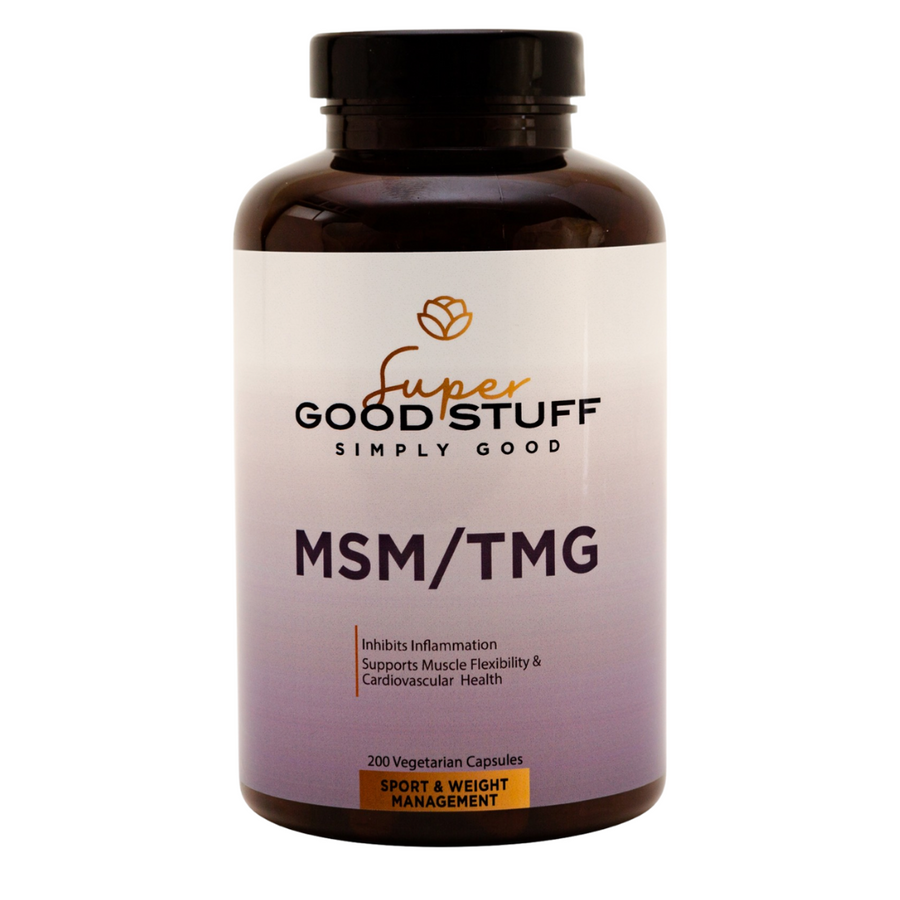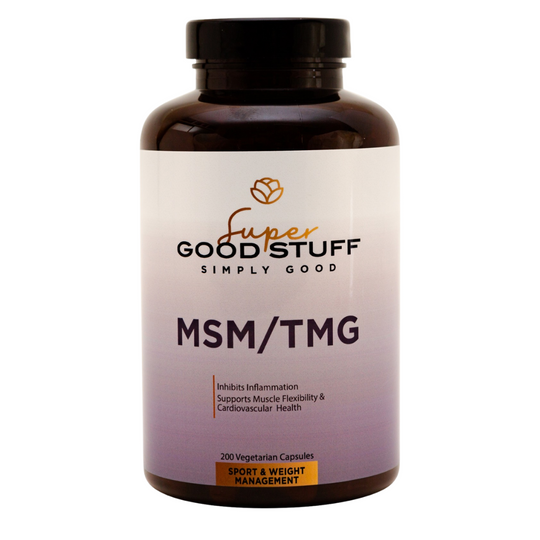The Important Difference Between Acute and Chronic Inflammation

The word “inflammation” is thrown around a lot, but many of us don’t really understand what inflammation is. That’s not surprising, because there are actually two different kinds of inflammation: acute and chronic.
Understanding Acute Inflammation
Let’s say that you stumbled on the stairs this morning and twisted your ankle. (Sorry!) If you line your feet up together, you will see that your twisted ankle is noticeably swollen compared with your healthy ankle. If you try to put a lot of weight on your injured ankle, you’ll get lots of pain in response.
You are experiencing an acute inflammatory response in your ankle. Acute inflammation is definitely not a pleasant companion, but it is necessary for healing. All of these symptoms are just your body’s own incredible healing factor kicking in. As the days pass, the swelling and pain will decrease, and within a week or two, you should be able to run and walk again, pain-free.
Understanding Chronic Inflammation
In the case of acute inflammation, your immune response is your friend. It is actively repairing an injury. However, sometimes the immune system can turn on even when there isn’t an injury to heal.
Chronic inflammation is a state where the immune system won’t shut off. It keeps trying to fix something when nothing acute is wrong. Chronic stress, sedentary lifestyle, lack of sleep, and autoimmune conditions can all cause chronic inflammation, which in turn can damage arteries, causing high cholesterol, heart attacks, and stroke.







